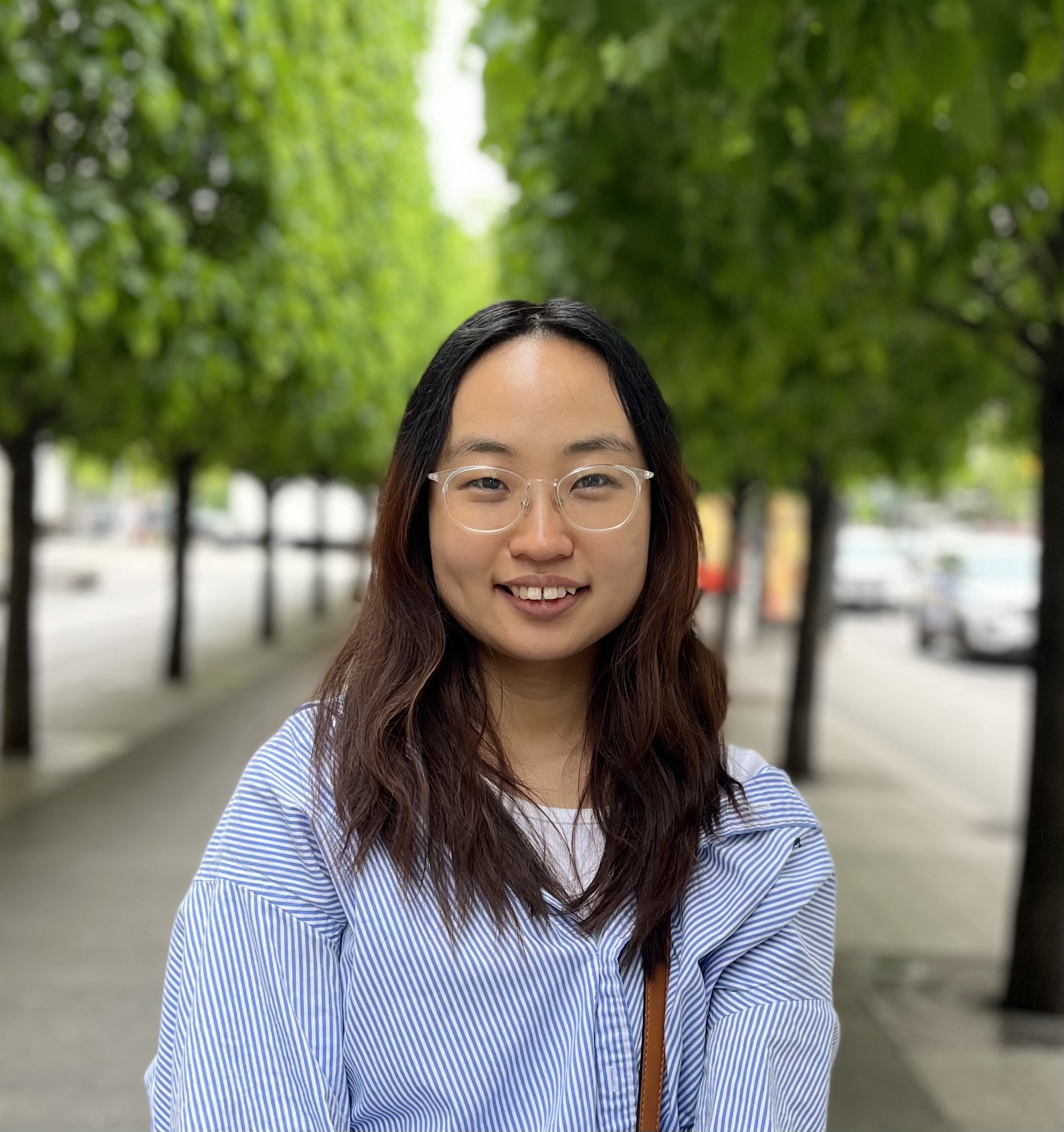Biomedical Imaging and Instrumentation
(E-177) Shortwave Infrared Speckle Contrast Optical Spectroscopy for Brain Blood Flow: Computational Study

Seoeun Cho
Student
Kennesaw State University, United States- SL
Seung Yup Lee, PHD
Assistant Professor
Kennesaw State University
Marietta, Georgia, United States
Presenting Author(s)
Primary Investigator(s)
Speckle contrast optical spectroscopy (SCOS) is an emerging tool for non-invasive assessment of tissue perfusion. Typically, SCOS illuminates tissues with a long-coherence near-infrared (NIR) laser, and re-emitted photons form a random interference pattern, i.e., speckle pattern on the tissue surface. Spatial variations of this speckle pattern are primarily caused by moving red blood cells in the underlying tissues. Although SCOS can be implemented at a low cost, its application is still limited to mainly muscles (penetration depth: ~1 cm), due to its insufficient signal-to-noise ratio (SNR), making the technique difficult for other applications, such as the brain, which requires a penetration depth of > 1cm. In this project, we will explore the use of shortwave-infrared range (SWIR, 900-1700nm), which is known for deeper light penetration, into tissues for SCOS. Recently, an affordable SWIR camera has been made available, making it possible to build a SCOS at a reasonable cost. As our initial step, we propose to perform computational verification to demonstrate that SWIR (1064nm) SCOS outperforms NIR (785nm) SCOS.
Materials and Methods::
We have used a voxel-based multi-layered Monte Carlo Simulation MC extreme (MCX) to create simulated SCOS data. We have employed a multi-layered model to mimic scalp/skull and brain layers. Optical scattering and absorption properties at each head layer at two wavelengths (785nm vs. 1064nm) are inputted into MCX, which gives an output – total pathlength, momentum transfer, scattering angle – that can compute the electric field autocorrelation function. From that autocorrelation function, the speckle contrast (κ), dependent on the source-detector-separation (SDS) as well as exposure time (T) is created. Realistic noisy model is added for qualitative assessment. The inverse model has been further employed to extract the blood flow index (BFI) from the simulated speckle contrasts. The number of detected photons at each wavelength, (785nm and1064nm) has been compared, as well as its depth sensitivity and estimation accuracy. SCOS data was initially simulated on two-layered slab models, and now we are working onto a realistic MRI-based human head atlas from BrainWeb.
Results, Conclusions, and Discussions::
The SCOS data has been successfully computed from the output of MCX (Figure 1). The simulated SCOS data at 1064nm with the noise model is less noisy than the SCOS data at 785nm as more photons are detected at 1064nm. The extracted BFI by the inverse model applied on the simulated SCOS data at 1064nm is closer to the true brain blood flow values inputted to create the referent SCOS data compared to 785nm. The overall accuracy of estimating brain blood flow is higher at 1064nm SCOS system than the NIR SCOS. A wide range of input tissue absorption and scattering coefficients, and the SCOS experimental parameters (SDS and T) are under investigation. We will provide more comprehensive results for two-layered slab models as well as head 3-D models at the conference. Upon these results, we will seek an optimized SCOS acquisition setup for experimental verification and design for our initial prototype. This computational verification has established technical feasibility of SWIR SCOS. Our next step is to build a bench-top SCOS set up and perform experimental verification on tissue-simulating phantoms.
Acknowledgements (Optional): : Funding for this research is provided by the KSU Office of Undergraduate Research Summer Program.
References (Optional): :
[1] Carp, S., Tamborini, D., Mazumder, D., Wu, K. C., Robinson, M., Stephens, K., Shatrovoy, O., Lue, N., Ozana, N., Blackwell, M., & Franceschini, M. A. (2020). Diffuse correlation spectroscopy measurements of blood flow using 1064 nm light. Journal of biomedical optics, 25(9), 097003. https://doi.org/10.1117/1.JBO.25.9.097003
[2] Valdes, C. P., Varma, H. M., Kristoffersen, A. K., Dragojevic, T., Culver, J. P., & Durduran, T. (2014). Speckle contrast optical spectroscopy, a non-invasive, diffuse optical method for measuring microvascular blood flow in tissue. Biomedical optics express, 5(8), 2769–2784. https://doi.org/10.1364/BOE.5.002769
[3] Fang, Q., & Boas, D. A. (2009). Monte Carlo simulation of photon migration in 3D turbid media accelerated by graphics processing units. Optics express, 17(22), 20178–20190. https://doi.org/10.1364/OE.17.020178
